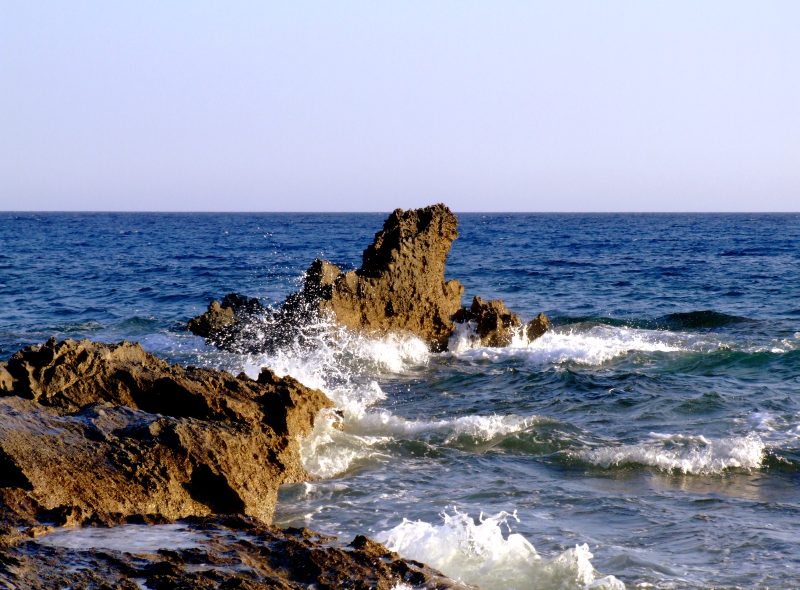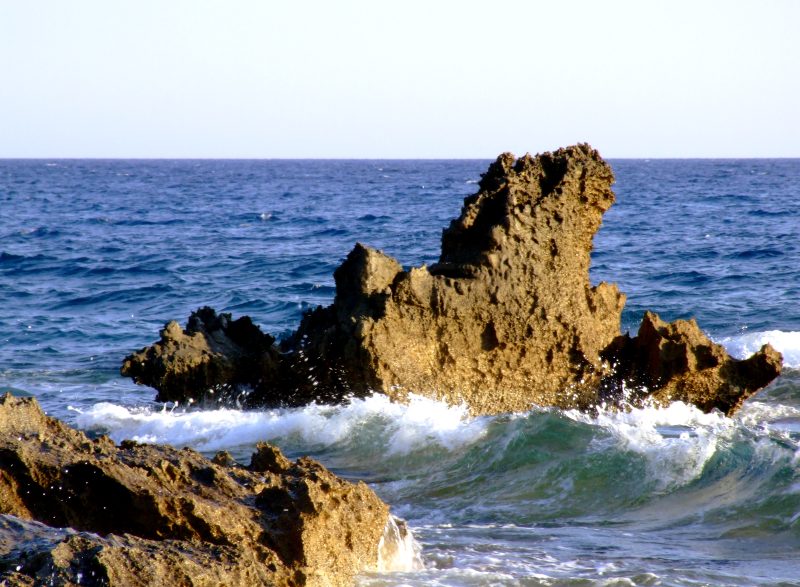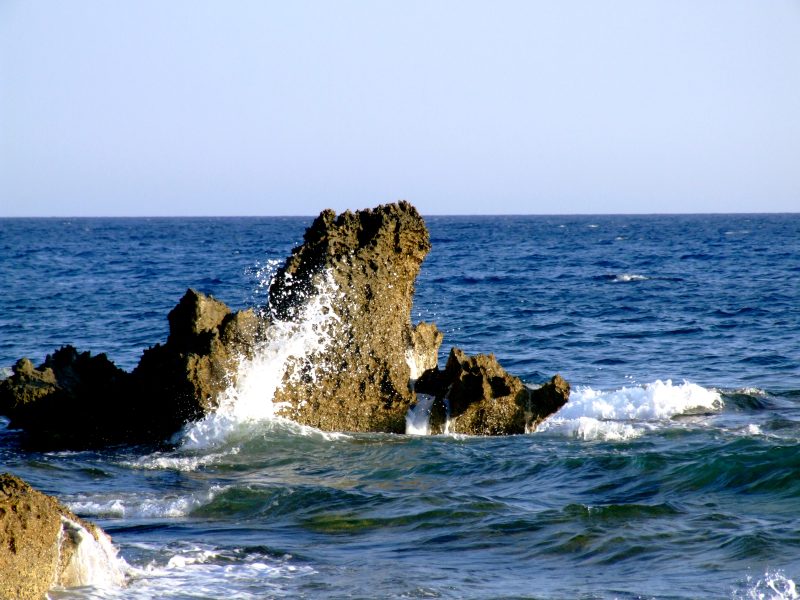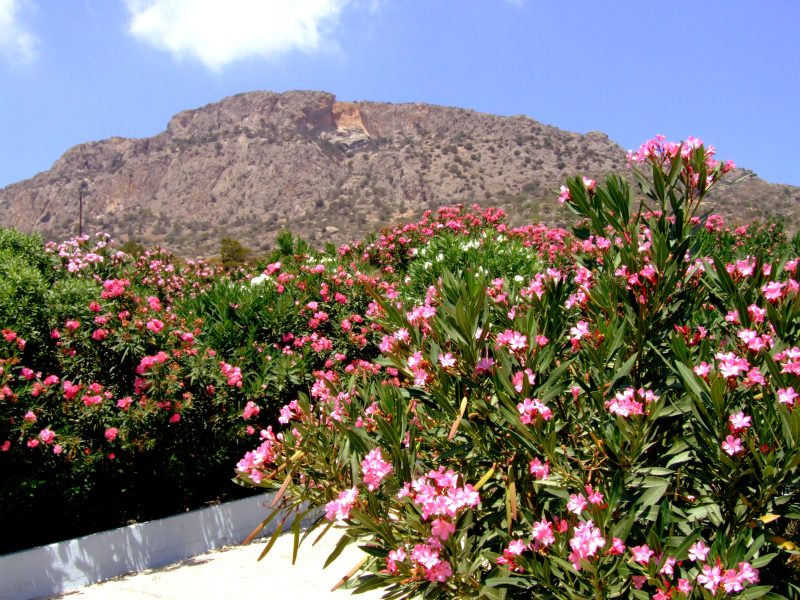
8.8.2007: A day in the Club
The last days made an impact on me: Two mountainv bike tours, the dry an hot climate, the excellent (and much too much) food, sleeping bad in an unfamiliar bed. So some lazy days in the club are necessary for acclimatization. In the early afternoon I go to the room for a good book and for my camera.

On the way to the pool and the beach I discover something interesting: Oleander in good bloom ...
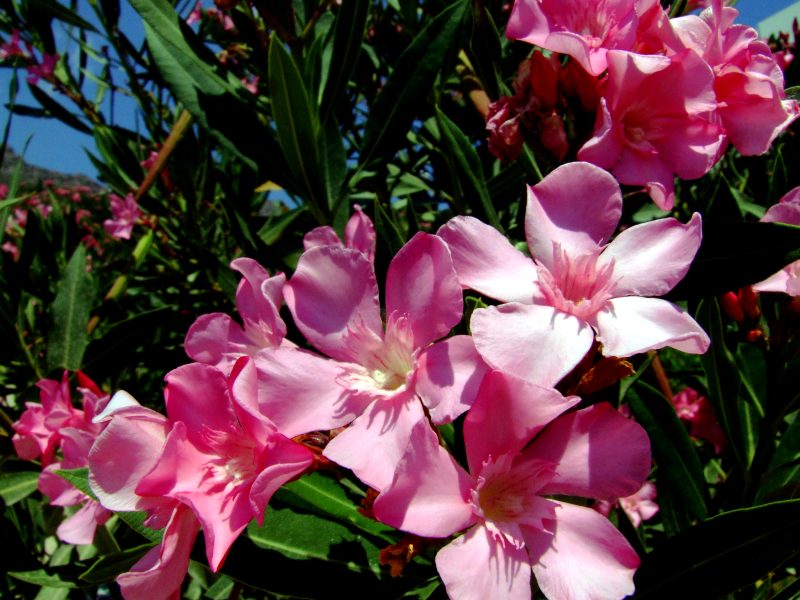
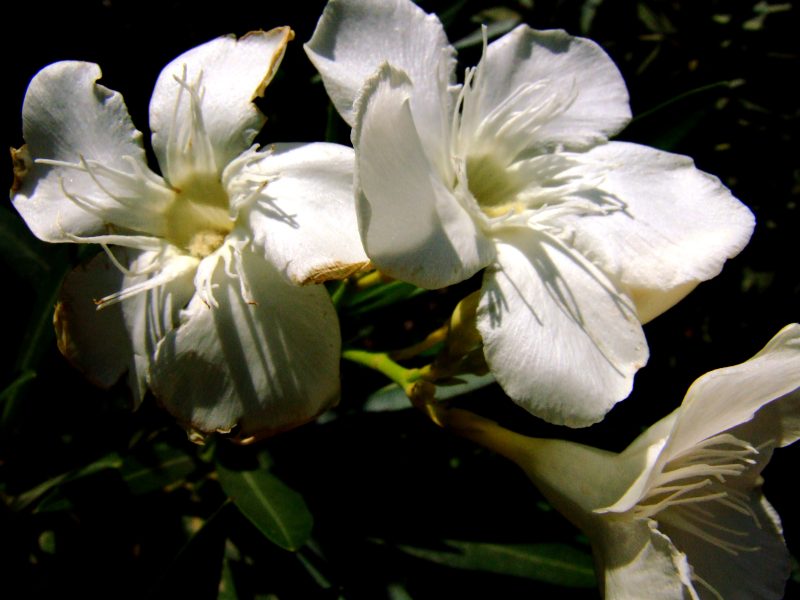
... this one in white ...
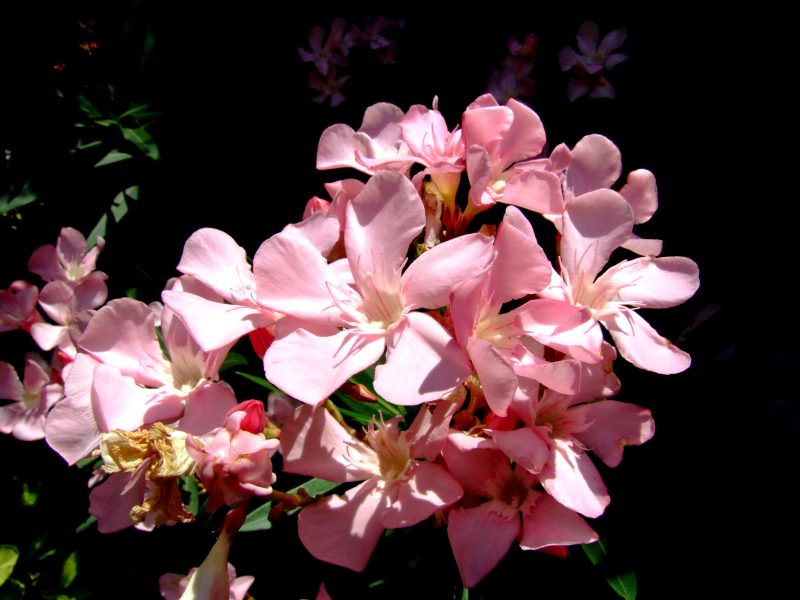
... and in delicate pink
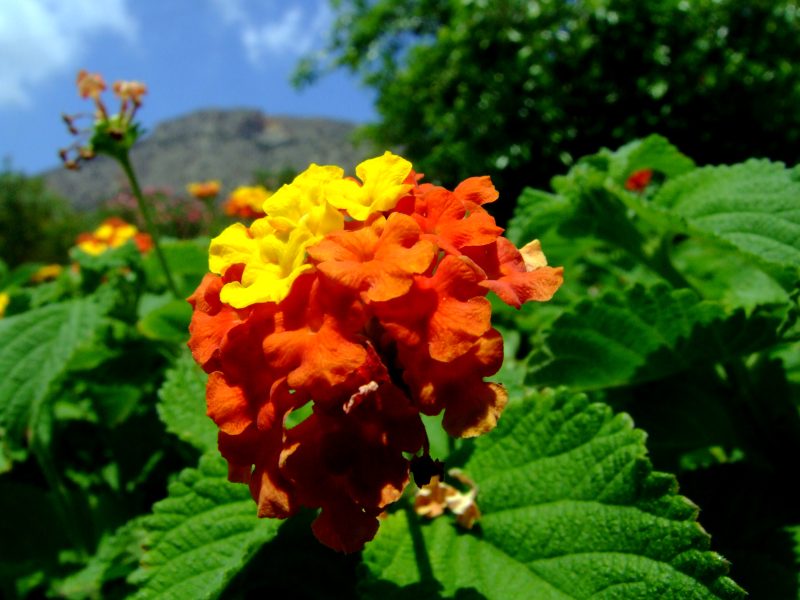
Lantana ...
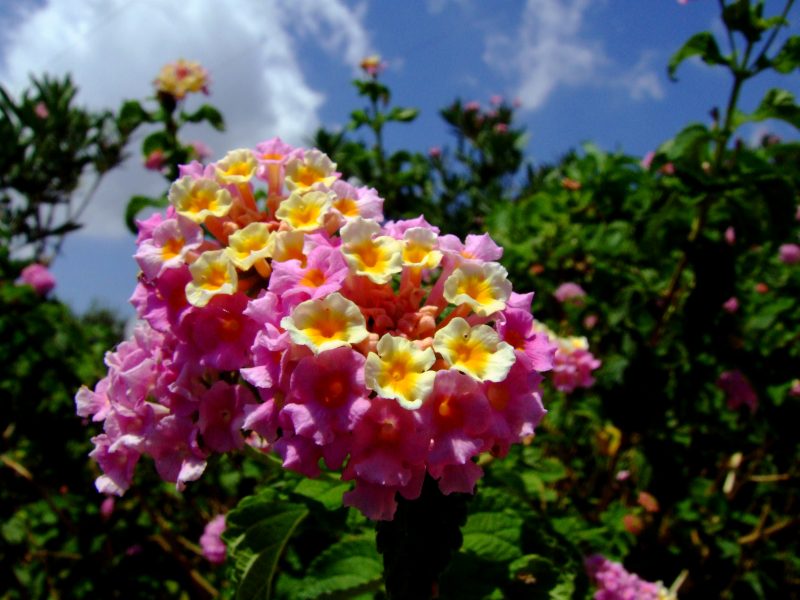
... in different coulours
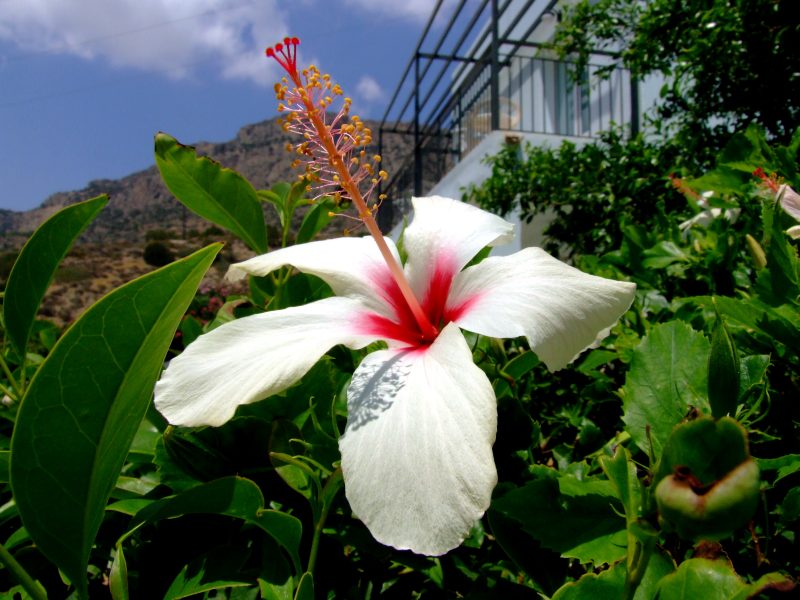
According to the form of the bloom, habit and leaves this should be a hibiscus, this one in white ...
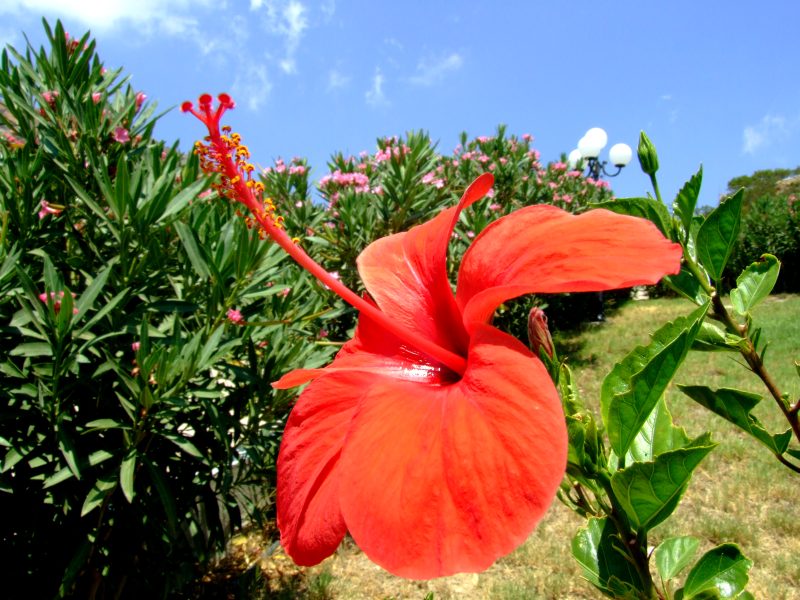
... and in an attractive red.
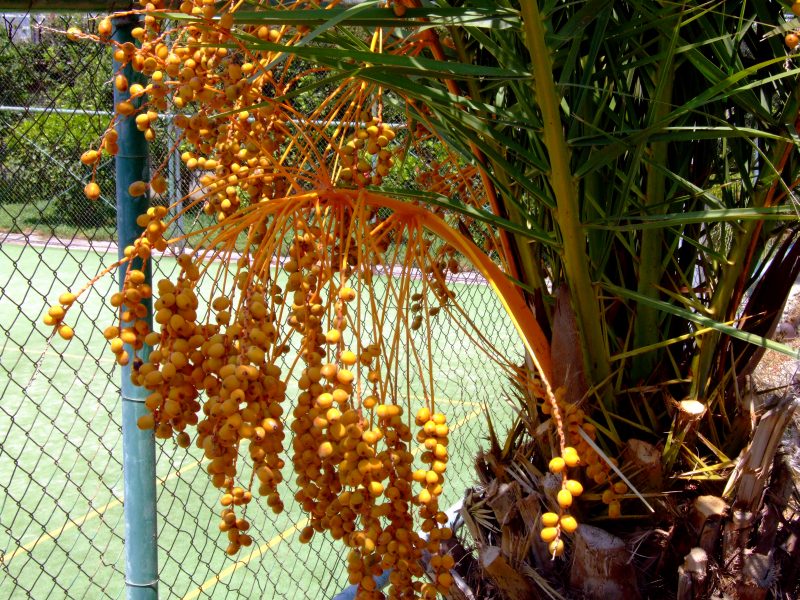
The palm trees (this one near the tennis ground) are bearing lots of small date like fruits, (still?) not eadable.
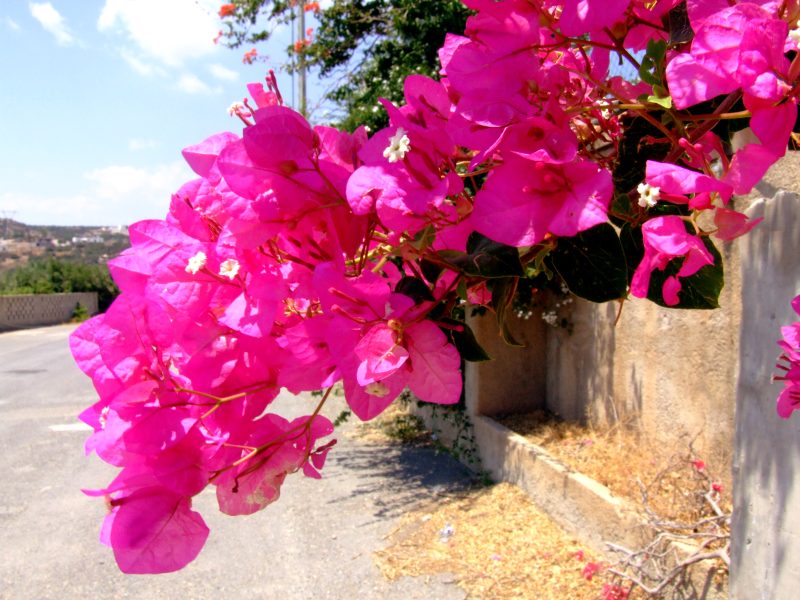
Bugainvillea in pink ...

... orange ...
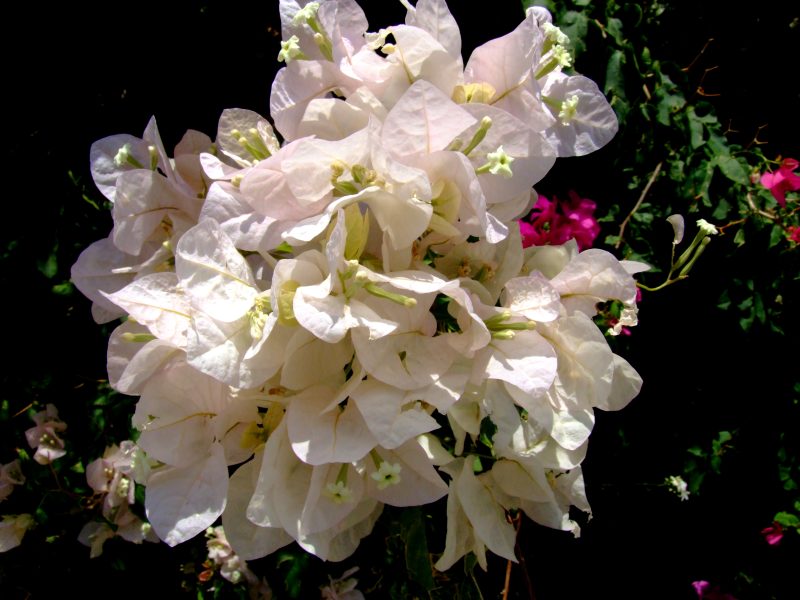
... and white.
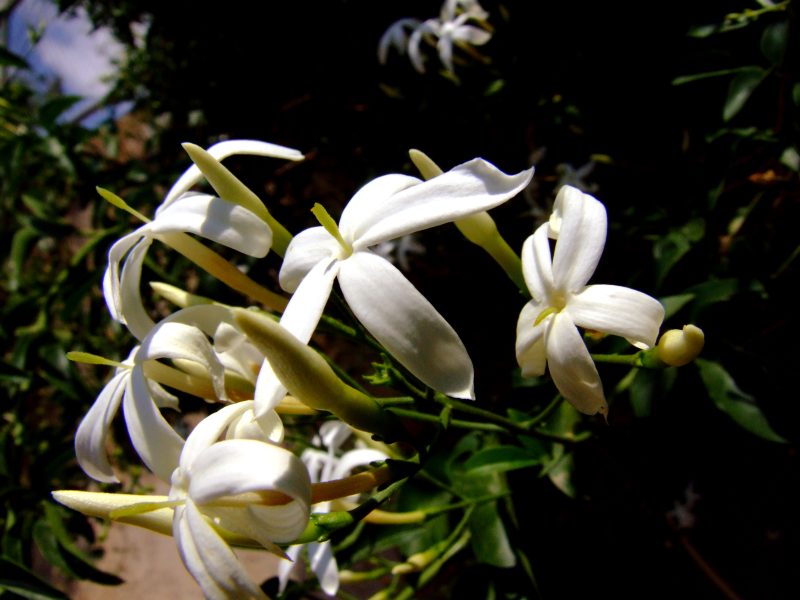
Confederate jasmine (star jasmine, trachelospermum jasminoides), a climbing plant with gorgeous small white blooms.
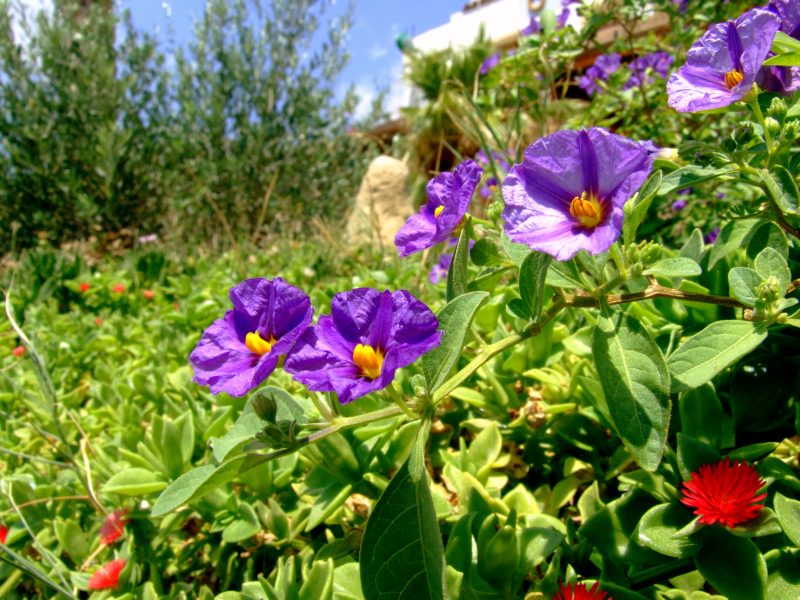
Once more I canīt identify this plant.
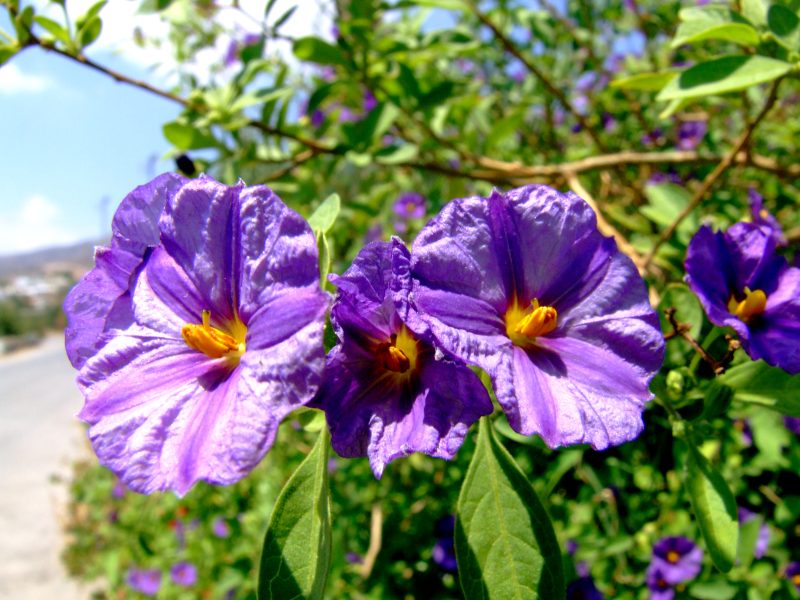
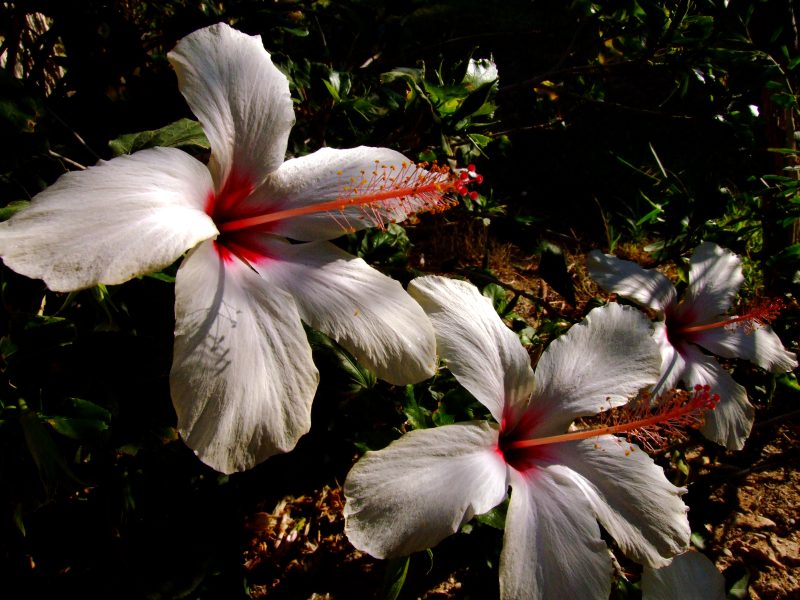
Another gorgeous white hibiscus, near the relax - pool of the club.
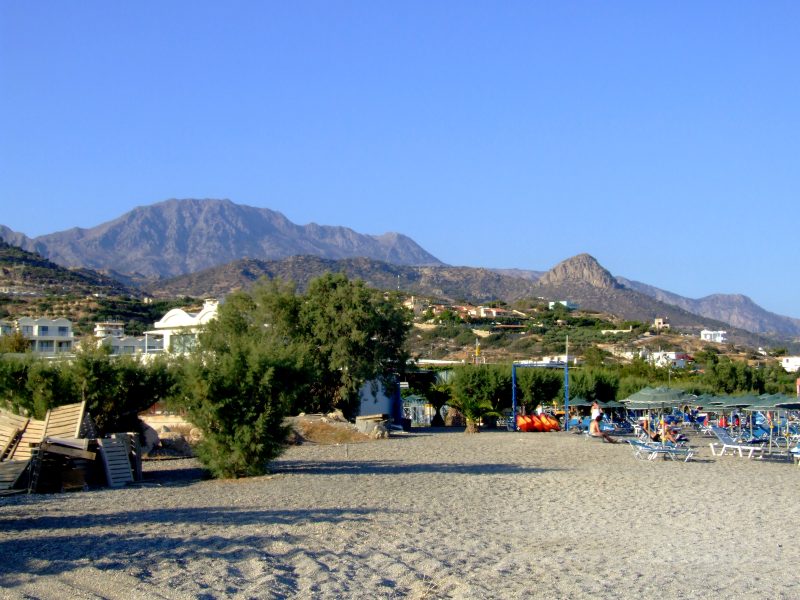
The beach near the club hotel, the buildings to the left behind.

We walk to a nearby rock formation. The waves are producing a nice spray there, however, the wind makes it difficult to hold the camera macht es aber schwierig, die Kamera quiet.
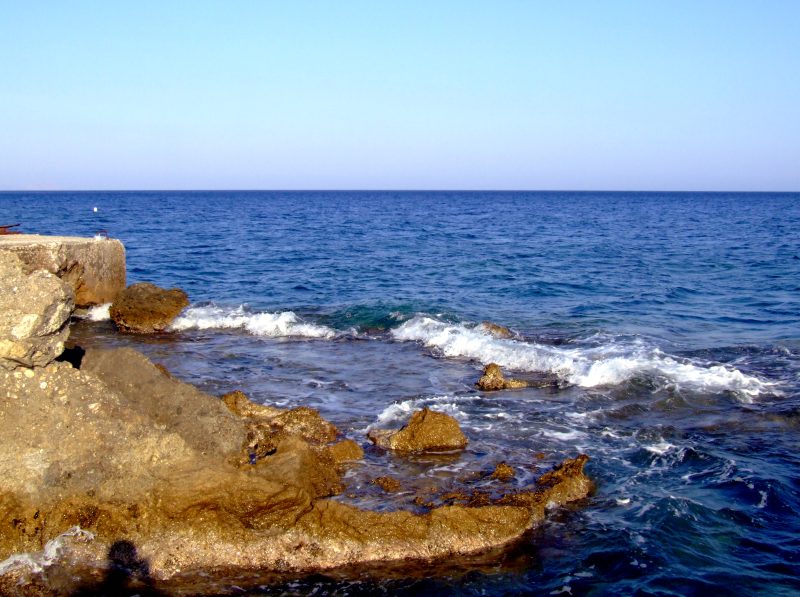

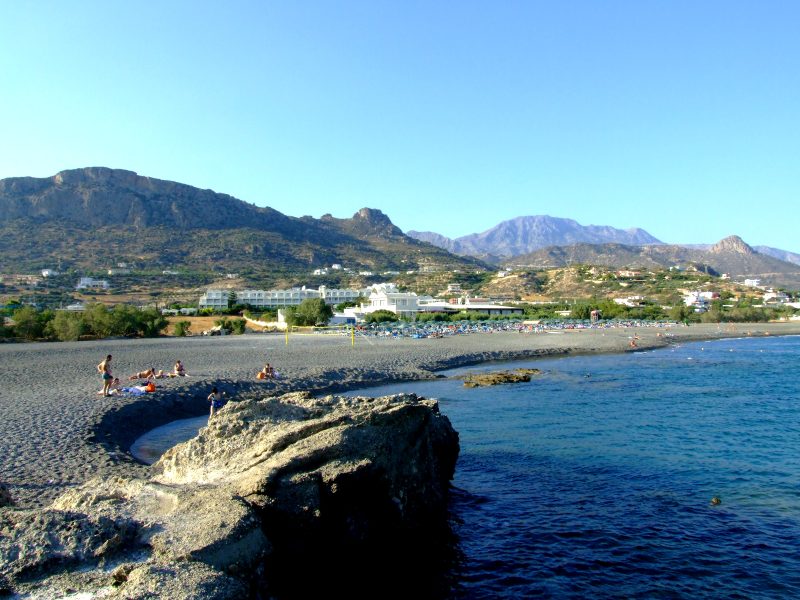
In a distance to the right the club beach, behind is the lower part of the buildings (Lyktos beach), more behind on the slope of the mountain the upper part (Lyktos village), where our room was situated. The place is very beautiful, however about one kilometer from the beach. The Shuttle - bus, which is praised in the brochures to connect the two parts, connects only the two receptions, thus covering about one third of the distance, which is not so far, but a bit cumbersome, when it is very hot or after a rich dinner!
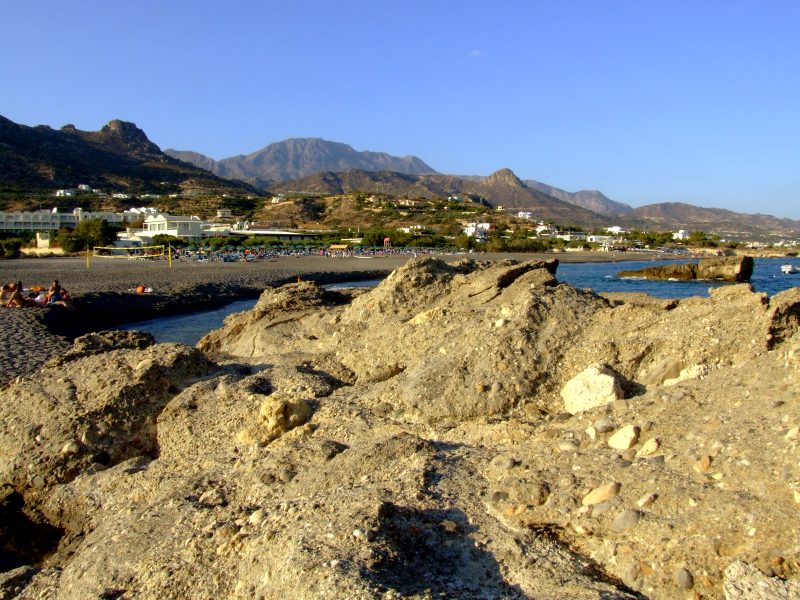
Interesting rock formations (not only in this part of Crete): a conglomerate built up from round stones of different sizes and colours.
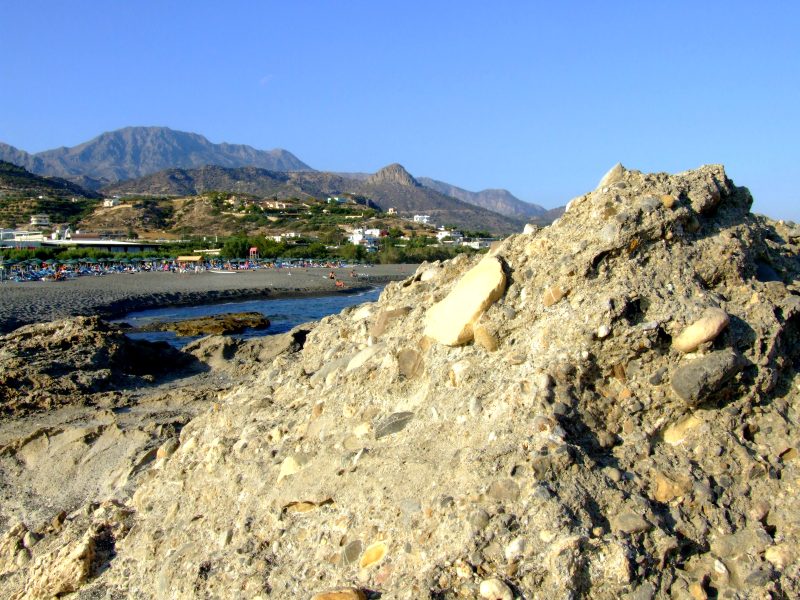
In the background behind the hotel is Afendis Stavramenos (1.476 m)
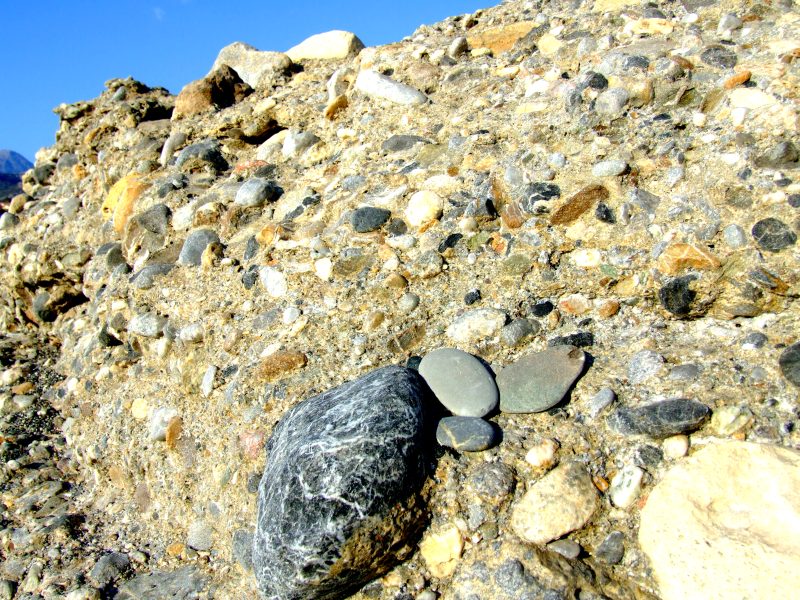
This isnīt concrete, but natural rock. When the components are broken and tied apart by wind and waves, the result is the grit from which the beach is made of, composed of stones of different colour and composition.
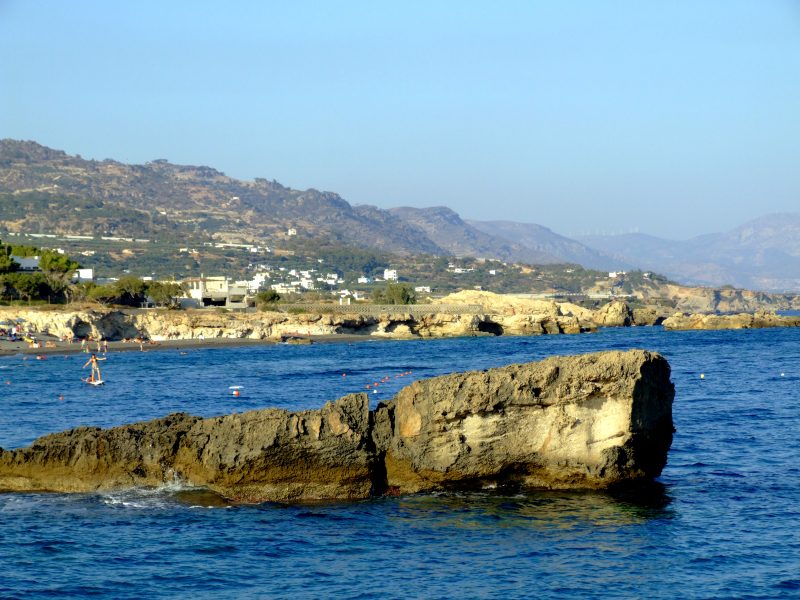
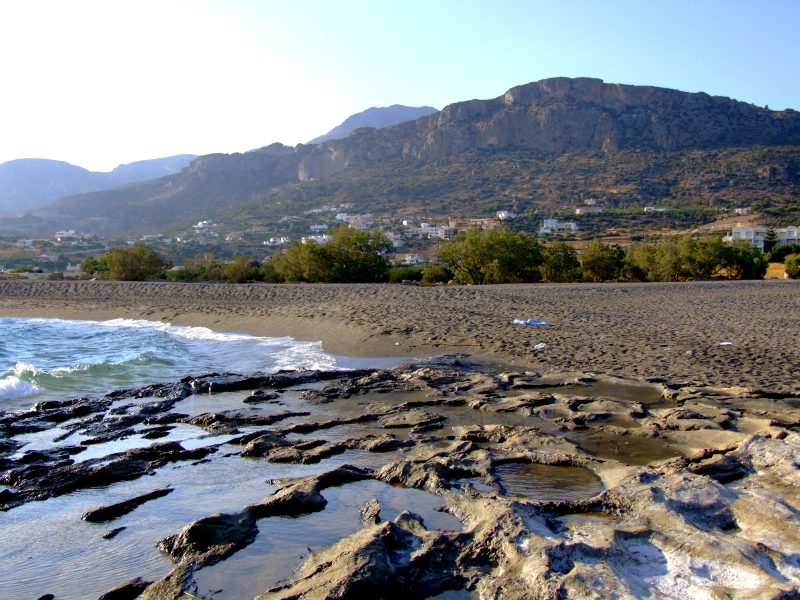
Between the conglomerate rocks there are zones mainly composed of the cement component, which seems to be a bit harder, resulting in remaining of these areas, the conglomerate having been washed out.
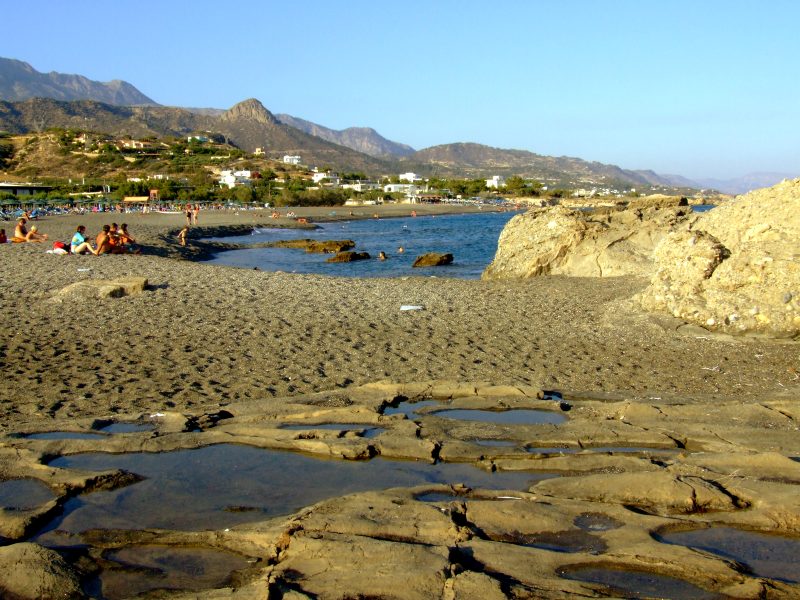
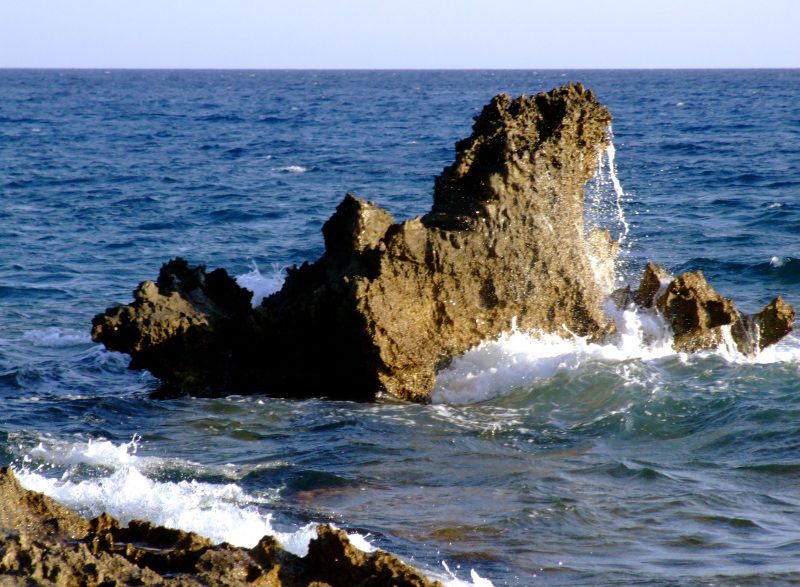
Once more the waves ...
